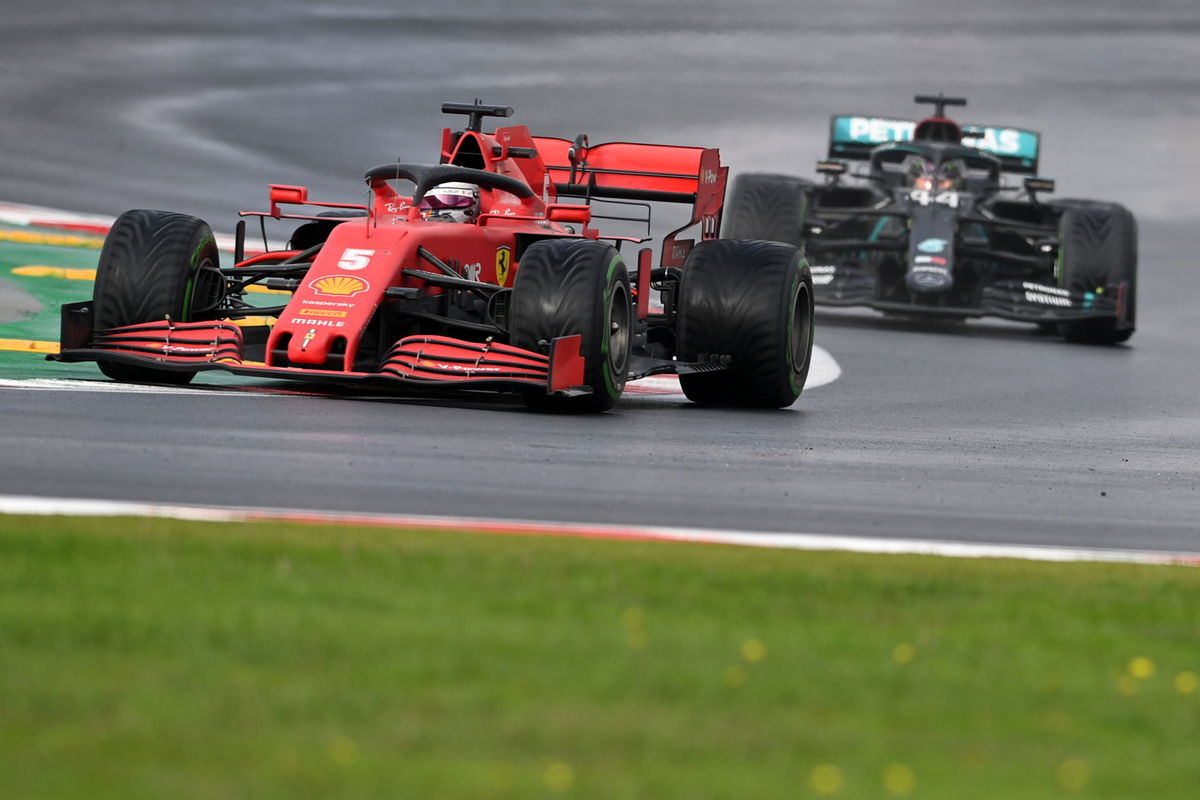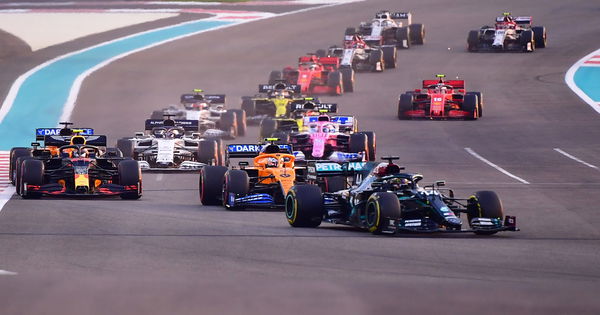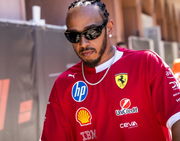
Reuters
Formula One F1 – Turkish Grand Prix – Istanbul Park, Istanbul, Turkey -Ferrari’s Sebastian Vettel and Mercedes’ Lewis Hamilton in action during the race REUTERS/Ozan Kose

Reuters
Formula One F1 – Turkish Grand Prix – Istanbul Park, Istanbul, Turkey -Ferrari’s Sebastian Vettel and Mercedes’ Lewis Hamilton in action during the race REUTERS/Ozan Kose
The engineers in F1 construct the cockpits with high technological definitions. Moreover, the chassis and engine sectors require prolific specializations and complex technology.
Watch What’s Trending Now!
The preeminent aim of every team engineer is to make the cockpits run on the tracks without difficulties and secure the ultimate safety of the pilot and the cockpit.
One of the most important aspects of an F1 car is the fueling system. Intricately designed systems, they use refined and fine quality fuel to ensure the smooth running of the cars on circuits.
ADVERTISEMENT
Thus, fuels used for running the F1 cars are of a minimum 87 octane.

Reuters
Formula One F1 – Abu Dhabi Grand Prix – Yas Marina Circuit, Abu Dhabi, United Arab Emirates – Mercedes’ Lewis Hamilton in action at the start of the race Pool via REUTERS/Giuseppe Cacace
Formula One races are quite long, and thus, the fueling systems are designed to ensure that the fuel lasts for the entire duration of the race.
ADVERTISEMENT
However, the cars used to go through the refueling process until a few years ago. This process was banned at the end of the 2009 season, and ever since then, cars start with all the fuel they need for the race.
ADVERTISEMENT
F1 cockpit fuel restrictions
According to sources, as of 2019, the fuel level in the F1 cars can be up to 110 kilograms, i.e. 231 pounds of fuel in each race. While in the previous, cars could only use up to 105 kilograms of fuel. The authorities introduced this rise in fuel level to ensure the maximum efficiency of the cars in the circuit.
Then, in the 2020 season, the FIA made it mandatory for each car to not exceed the 250-milliliter mark outside the fuel cell. It keeps a check on the racers from saving extra fuel on the outside of the fuel tank.
Top Stories
Lewis Hamilton’s $100M Annual Salary to Keep Him From Retiring Soon at Ferrari: Reports

Max Verstappen’s Siblings: Everything We Know About Victoria, Blue Jaye, Jason Jaxx, and Mila Faye

Who Is Oscar Piastri’s Father, Chris Piastri? Co-Founder of Multibillion Dollar Automotive Company

Who Is Lando Norris’ Girlfriend? Everything You Need to Know About Margarida Corceiro

Who Are Lando Norris’s Parents? Meet Adam Norris and Cisca Wauman

Since 2010, the cars stopped refueling in the racing session as per the FIA guidelines. To keep a check on the racing budget and cut down on certain expenses, the FIA introduced this rule. Further, to avoid disastrous accidents amidst races and keep the racers and crew safe, the rule came into action.
ADVERTISEMENT

Reuters
Formula One F1 – Turkish Grand Prix – Istanbul Park, Istanbul, Turkey – November 13, 2020 Mercedes’ Lewis Hamilton during practice FIA/Handout via REUTERS ATTENTION EDITORS – THIS IMAGE HAS BEEN SUPPLIED BY A THIRD PARTY. NO RESALES. NO ARCHIVES
The 2009 Brazilian Grand Prix was the last weekend that allowed refueling of the cars during a race.
In addition to cutting costs, there was another reason that pushed the authorities to ban refueling – Kimi Raikkonen’s dreadful accident that broke out on the grid. Heikki Kovalainen caused that by driving ahead with the rig attached to his cockpit, leading to the big fire.
ADVERTISEMENT
Engineers responsible for fuel management
The engineers responsible for fuel management efficiently keep track of certain calculations, which helps the cars run the entire circuit with no second fuel shot.
The engineers keep a check on the quantity of fuel utilized by the car in each lap. During all winter testing, they analyze the car’s performance and modify their calculations according to the changes that the car undergoes. They also take into consideration the type of race conducted in certain environmental conditions.
ADVERTISEMENT
The cockpit, during the weekend, runs for certain practice sessions before the race. Subsequently, it gives the engineers to calculate an approximate quantity of fuel that the car requires running the race. It also lets the engineer keep a check on the weight of the cockpit, which can affect the pace of the race.
While keeping a check on the weight of the car and making sure the car has a proper proportion of fuel is a demanding job, these engineers are experts in their field and know the tricks to push the car to get the best result.
With crowding complications and sumptuous scopes, they manage to let their teams run the race with no fuel drama.
ADVERTISEMENT
Read More – Why did F1 Ban Refueling?
ADVERTISEMENT
ADVERTISEMENT
ADVERTISEMENT

